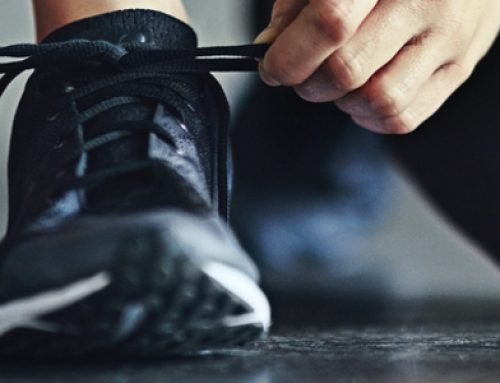 Over half of Australian adults are classified as either overweight or obese. This means that the large majority of adults, at some point or another, have tried to lose weight.
Over half of Australian adults are classified as either overweight or obese. This means that the large majority of adults, at some point or another, have tried to lose weight.
There are LOTS of programs, products, diets and advice on the market just dying for your weight loss dollar, many of them who don’t really care about your long term success. Due to the all the conflicting misinformation available, many people are frustrated by their weight loss efforts returning very little results.
So how does weight loss actually happen? Read on, here’s the low down on how it all works.
Dietitians and nutritionists talk a lot about energy balance when it comes to losing weight. That’s because the secret to losing weight successfully is in the balance between energy in (food consumption) and energy out (exercise and physical activity). Nothing else really matters.
The truth is this: if you want to lose weight and specifically lose “body fat” then there must be a long term deficit between the energy consumed through food and the energy that we expend through moving our bodies. In other words, we must “eat less” and “move more”.
Energy In:
Everything that we put into our mouths (except plain water) contains an amount of energy. Some foods have higher energy values than others but every food contains some amount of energy. In Australia, we measure the energy content of food in kilojoules (kJ) and sometimes it’s measured in kilo-calories (C). To convert from one to the other, 1 C = 4.2 kJ.
Here are examples of the energy content of some foods:
- small fries from McDonalds = 1070 kJ
- large apple = 224 kJ
- low fat blueberry muffin = 859 kJ
- Carbonara Pasta (1 serve) = 5851 kJ
- 375ml can of coke = 675 kJ
- 1 cup skim milk = 355 kJ
- 2 slices of bread = 794 kJ
Energy Out:
Every time we move our body to accomplish a particular activity we use a value of energy to make that possible. Even lying in bed all day still expends an amount of energy as our body goes about it’s regular tasks of keeping us alive! Our heart beats, our lungs breath, cells grow and divide, tissues are repaired and so on. The minimum amount of energy required to keep us alive (without moving or digesting food) is called our Basal Metabolic Rate (BMR). Any movement our body makes from clapping our hands to running 10km, expends an extra amount of energy, on top of our BMR. Even digesting the food we eat requires energy.
The energy expended by out bodies to live, breath, eat and move is dependent upon a number of different factors. These factors are important to consider when trying to lose weight.
- gender – men burn more energy than women
- age – young people burn more energy than older people
- muscle mass – the more muscle mass you have the more energy you will burn
- weight – the higher your body weight the more energy you will burn
Energy Balance
Now that you understand that food has an energy content and that it costs energy to move and maintain a healthy body we can talk more specifically about energy balance.
In order to lose weight we must have a long term, negative energy balance. Let me explain these two terms.
A negative energy balance means that the total energy eaten through food must be less than the total energy expended by the body through BMR and physical activity. Therefore, the body must rely on the energy found in our fat stores to make up the difference.
Long term means that this negative energy balance must be maintained over a long period of time (minimum of 3 months) in order to make a significant reduction in our body’s fat stores.
Say you dieted for 5 days, but then the last 2 days of the week you consumed a large amount of food. Even though the first 5 days produced a deficit the energy consumed over the other 2 days was enough to make your average energy intake too high and thus no weight was lost. This is the frustration that many people experience with losing weight.
You must, must, must be consistent in order to achieve good long term results.
If you require further help with getting the energy balance right for you, we can help!
If you’d like further help with your nutrition please click below:





